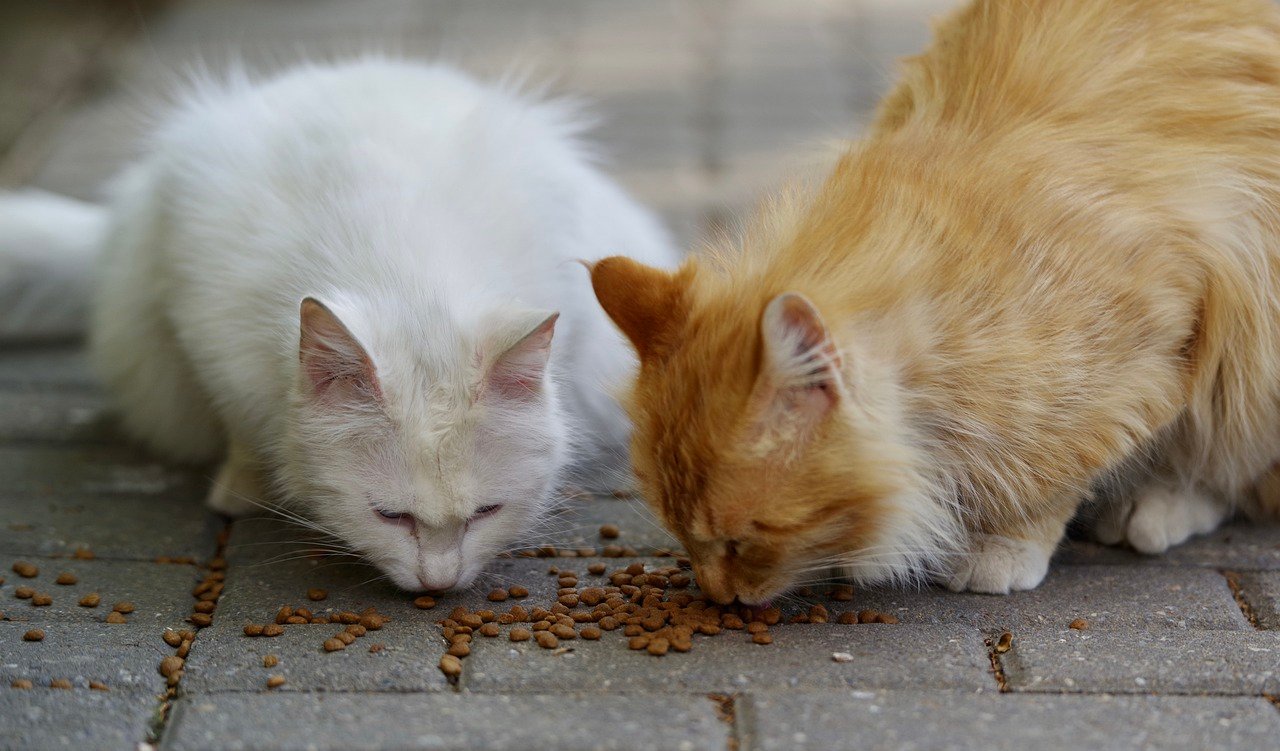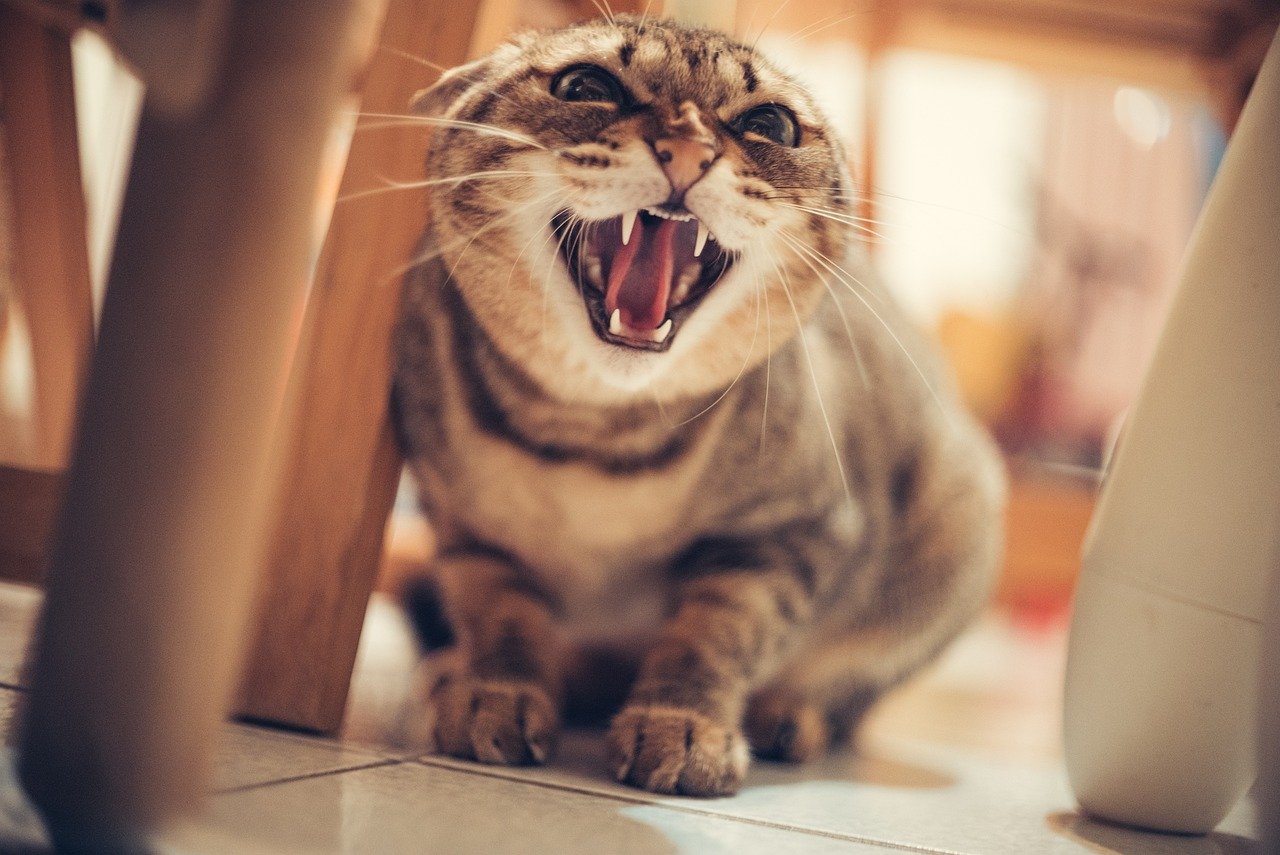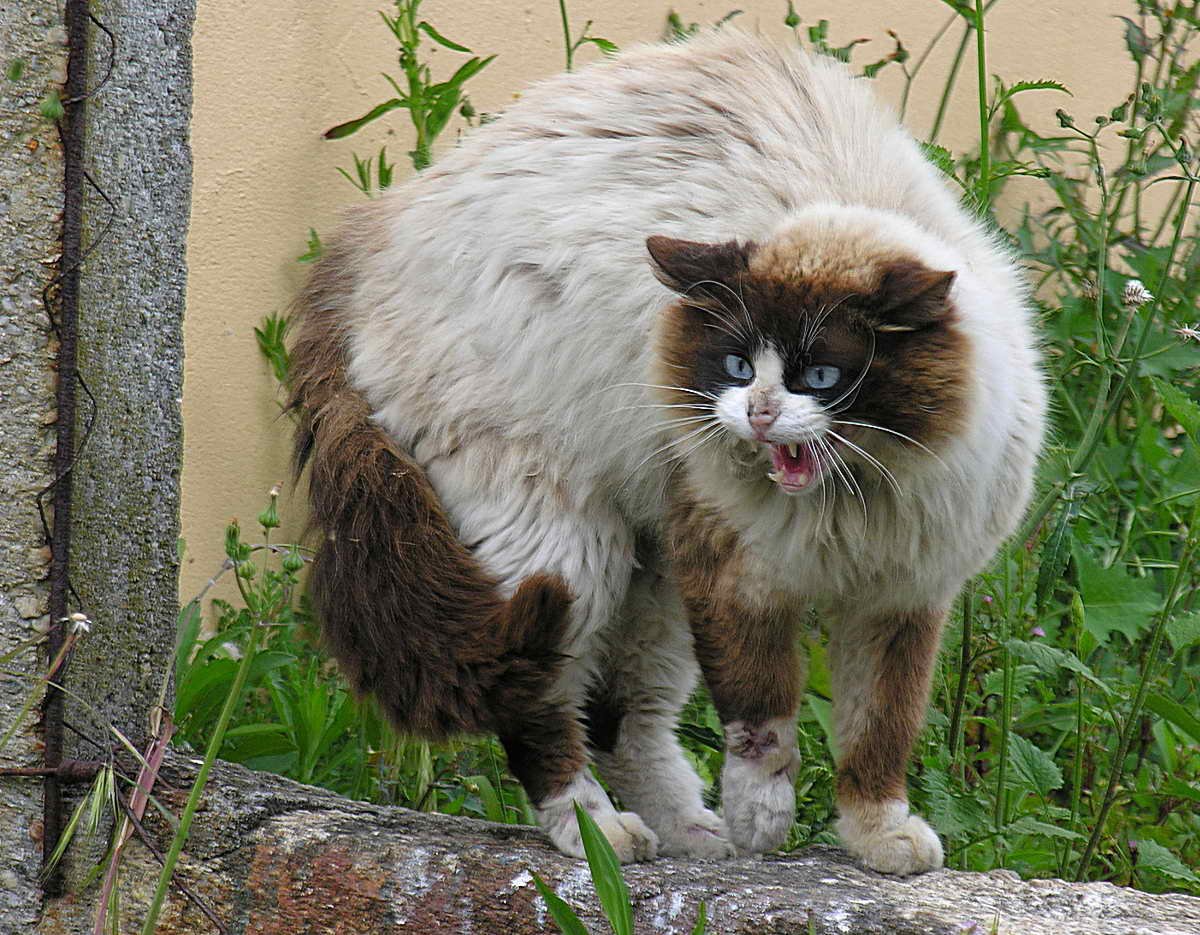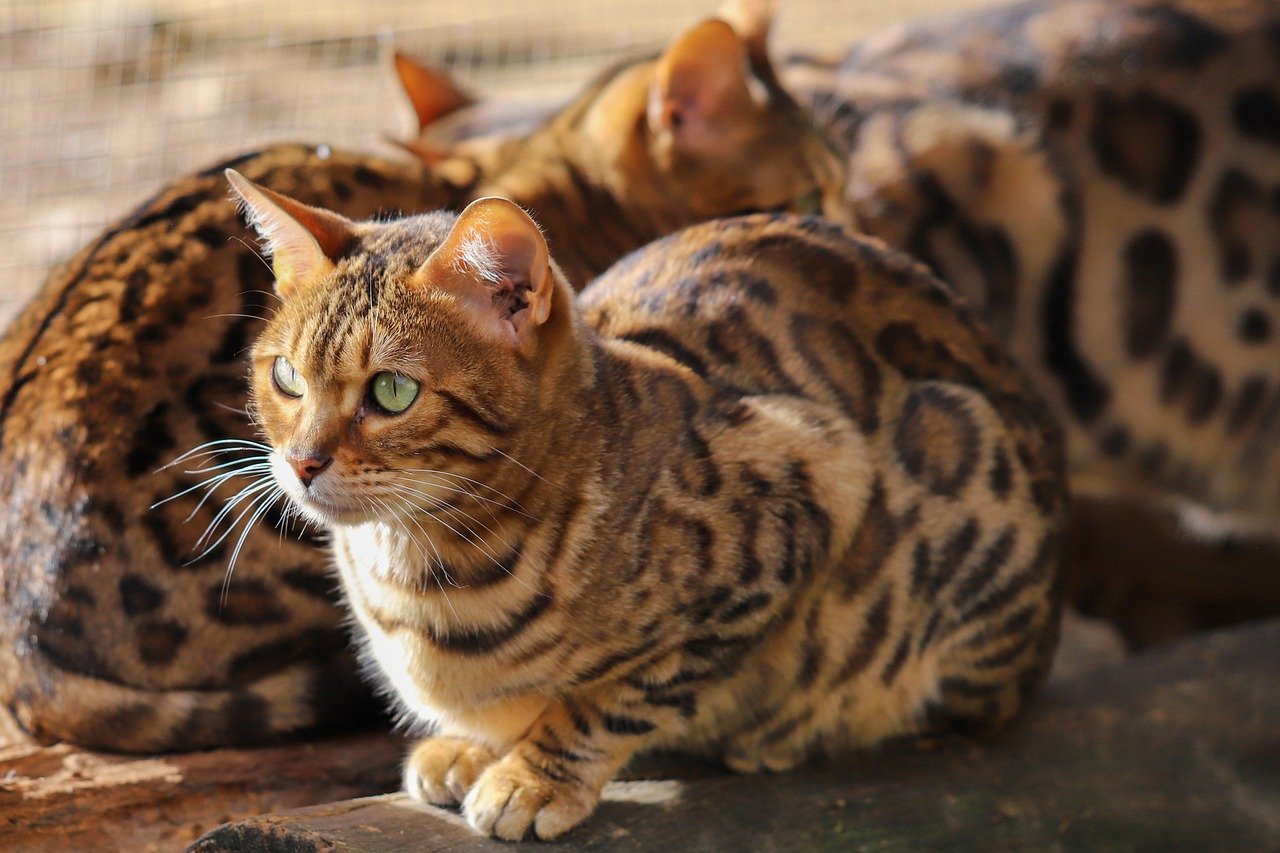Cats are often seen as mysterious creatures, their enigmatic nature both endearing and perplexing. As any cat owner will tell you, understanding these furry friends is like deciphering a complex puzzle. If you’ve ever worried that your feline companion might be upset, you’re not alone. Cats express their emotions through subtle changes in behavior, and recognizing these signs can significantly improve their well-being and your relationship with them. Here, we delve into 14 subtle behavioral shifts that may indicate your cat is feeling uneasy.
Increase in Vocalization
Cats communicate through meowing, and a sudden increase in vocalization is often one of the first signs that something might be amiss. If your usually quiet cat becomes a chatterbox, it might be trying to tell you something. Vocalization can vary from soft mews to loud yowls, depending on the cat’s personality and the issue at hand. Pay attention to when your cat is most vocal. Is it when you’re about to leave the house or when you’re busy with something else? These instances might provide clues to what’s bothering them. Changes in their usual vocal patterns can indicate anything from physical discomfort to emotional distress.
Change in Eating Habits

A noticeable shift in your cat’s eating habits can also be a red flag. Cats are creatures of routine, and any deviation from their regular eating schedule can signal distress. If your cat suddenly loses interest in its food or, conversely, starts overeating, it might be upset. Stress can lead to a loss of appetite, which in turn can affect their overall health. Conversely, some cats might eat more as a comfort mechanism when they’re feeling anxious. Always monitor their eating patterns and consult a vet if there are persistent changes, as this could also point to underlying health issues.
Hiding More Than Usual
Cats are known for their love of nooks and crannies, but if your feline friend is spending significantly more time in hiding, it could be upset. This behavior is often a response to stress or fear. Cats retreat to secluded spots when they feel threatened or overwhelmed, using hiding as a coping mechanism. If your once sociable cat is now avoiding interaction, it might be feeling anxious about something in its environment. Consider recent changes in your household that might be affecting your cat, such as new furniture, a new pet, or even a change in your routine.
Excessive Grooming or Lack of Grooming
Grooming is a natural behavior for cats, but changes in grooming habits can indicate distress. Excessive grooming, to the point of hair loss or skin irritation, might be a sign of anxiety. On the other hand, a lack of grooming can indicate depression or illness. Cats are fastidious creatures, and neglecting their coat is often a cry for help. Keep an eye out for bald patches or irritated skin, as these can be physical manifestations of stress. If you notice significant changes, it’s important to consult with a veterinarian to rule out medical issues.
Altered Sleeping Patterns
Cats are notorious for their love of sleep, often snoozing up to 16 hours a day. However, if your cat’s sleeping patterns change, it might be a sign that it’s upset. A cat that sleeps more than usual might be trying to escape stress or discomfort. Conversely, a cat that is suddenly more active or restless during the night might be experiencing anxiety. Observe your cat’s sleeping habits closely. Are they sleeping in unusual places or positions? These subtle cues can help you understand their emotional state and address any underlying issues.
Increased Aggression
A normally gentle cat that suddenly becomes aggressive might be expressing its distress. Aggression can manifest as hissing, biting, or swatting, and can be directed towards other pets or even humans. This behavior is often a defense mechanism, indicating that the cat feels threatened or uncomfortable. Consider recent changes in your home environment that might be contributing to this behavior. Has there been a new addition to the family, such as a baby or another pet? Identifying and addressing the source of the aggression can help your cat feel more secure and reduce its stress.
Sudden Litter Box Issues
Cats are generally clean animals, and sudden litter box issues can be a sign of distress. If your cat starts eliminating outside the litter box, it might be trying to communicate a problem. This behavior can be triggered by stress, anxiety, or even a dislike of the litter box’s location or cleanliness. Ensure that the litter box is clean, in a quiet area, and that there are enough litter boxes if you have multiple cats. If the issue persists, it’s advisable to consult with a veterinarian to rule out medical problems like urinary tract infections.
Destructive Behavior
Destructive behavior, such as scratching furniture or knocking things over, can be a sign that your cat is upset. Cats engage in such activities as a way to relieve stress or boredom. If your cat is suddenly more destructive than usual, it might be feeling frustrated or anxious. Consider providing more mental and physical stimulation, such as interactive toys or climbing structures, to help alleviate its stress. A cat that is mentally and physically engaged is less likely to engage in destructive behaviors.
Frequent Hissing or Growling

Hissing and growling are vocalizations that indicate a cat’s discomfort or fear. If your cat, which rarely hisses or growls, suddenly starts doing so frequently, it might be upset. This behavior is often a response to perceived threats or changes in the environment. Take note of when and where your cat exhibits this behavior. Is it around certain people or pets? Identifying the triggers can help you address the underlying issues and reduce your cat’s stress.
Changes in Body Language

Cats communicate a lot through their body language, and subtle changes can indicate that they are upset. Pay attention to your cat’s tail, ears, and overall posture. A cat with a puffed-up tail or flattened ears might be feeling threatened or anxious. Similarly, a cat that is crouching low to the ground or hiding its face might be expressing fear. Understanding these cues can help you better respond to your cat’s needs and provide reassurance when it’s feeling uneasy.
Excessive Scratching
While scratching is a natural behavior for cats, excessive scratching might indicate that your cat is upset. This behavior can be a way for cats to mark their territory or relieve stress. If your cat is scratching more than usual, it might be feeling insecure or anxious. Provide multiple scratching posts throughout your home and offer different textures to satisfy your cat’s instinctual needs. This can help redirect the behavior and provide a healthy outlet for their stress.
Clinginess or Increased Need for Attention

A cat that suddenly becomes clingy or demands more attention might be trying to communicate its distress. This behavior can be a sign of separation anxiety or a response to changes in the household. If your cat follows you around more than usual or demands constant attention, it might be seeking comfort and reassurance. Spend quality time with your cat, engaging in interactive play and providing affection to help alleviate its anxiety.
Avoidance of Eye Contact
Eye contact is a significant part of feline communication, and a cat that avoids it might be upset. Cats often use eye contact to establish trust and communicate their feelings. If your cat suddenly starts avoiding your gaze, it might be feeling anxious or uncomfortable. Consider any recent changes in your relationship or environment that might be affecting your cat. Providing a calm and stable environment can help rebuild trust and alleviate your cat’s stress.
Unusual Vocalizations
Apart from increased vocalization, unusual sounds can also indicate that your cat is upset. Cats have a wide range of vocalizations, and changes in pitch or tone might be a cry for help. If your cat starts making noises you’ve never heard before, it might be trying to communicate its discomfort or distress. Pay attention to when these vocalizations occur and what might be triggering them. Understanding your cat’s vocal cues can help you address its needs and provide comfort.
In conclusion, recognizing these subtle changes in your cat’s behavior is crucial for maintaining its well-being. Cats may be enigmatic, but with a keen eye and a compassionate heart, you can decipher their emotional needs and ensure they lead a happy and stress-free life.
Hi, I’m Bola, a passionate writer and creative strategist with a knack for crafting compelling content that educates, inspires, and connects. Over the years, I’ve honed my skills across various writing fields, including content creation, copywriting, online course development, and video scriptwriting.
When I’m not at my desk, you’ll find me exploring new ideas, reading books, or brainstorming creative ways to solve challenges. I believe that words have the power to transform, and I’m here to help you leverage that power for success.
Thanks for stopping by, Keep coming to this website to checkout new articles form me. You’d always love it!





